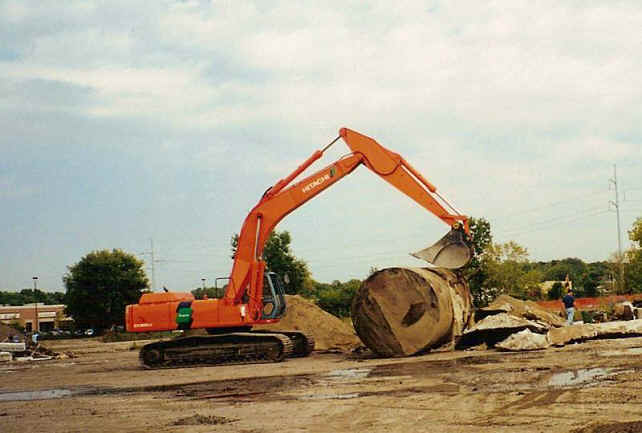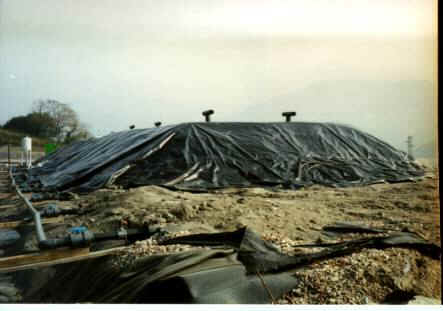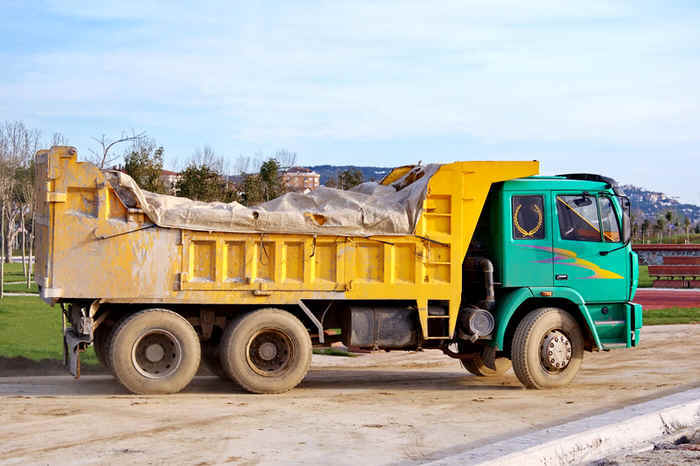Excavation is a very effective cleanup technique when conditions are right. Typically, that means having safe physical access to the contaminated areas and that impacts do not extend significantly into the groundwater system or to large depths.
The key things to consider for good excavation planning are estimating the volume & distribution of impacted material, accessibility, and determining what you are going to do with the impacted soils once they are removed. As shown in the example animation on the lower right, AVI has extensive skill in estimating the distribution of contaminant impacts using either existing data, or augmenting with geophysical techniques. The cost of excavation and treatment is proportional to the volume, so this estimate is very important for management planning. Further, missing key zones of impact can render the remaining excavation work useless if risks and liabilities cannot be addressed.
While it is often expeditious to send the impacted soils to the appropriate landfill, the problem with doing so is that action joins the responsible party to the liability of the landfill. When possible, landfarming the soils to cleanup the contaminants and allow reuse of the soil is a smarter and more cost effective solution.
Contact AVI for more details and examples of excavation and treatment planning.


